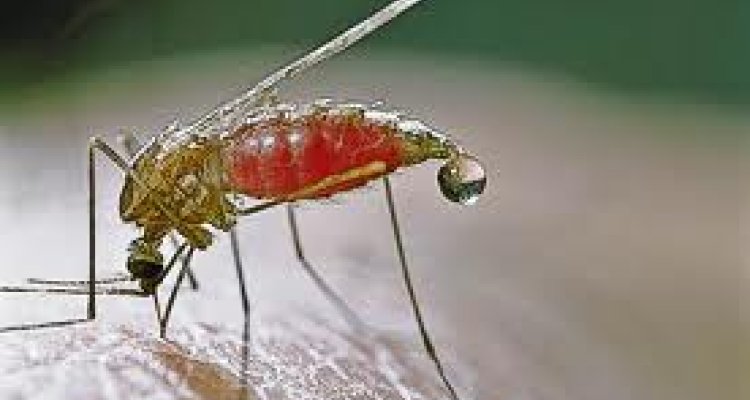
Project
Analysis of repeated measurements in electrophysiological research of malaria mosquitoes, using mixed models
In the on-going war against malaria, the sensitivity of antennae of malaria mosquitoes to specific odours is an important topic to study. From a statistical point of view, we see that repeated measurements on the same antenna are taken, resulting in correlated responses per unit. During the MSc thesis, the traditional statistical analysis and mixed model analysis of repeated measurements on mosquito antennae are to be compared.
Description
Olfactory information is essential for female malaria mosquitoes to detect hosts for blood feeding, oviposition sites and sugar sources. Mosquitoes detect odours with olfactory receptor neurons located on the antennae. Therefore, in the on-going war against malaria, the sensitivity of antennae of malaria mosquitoes to specific odours is an important topic to study. In the paste these type of studies were performed using EAGs (electroantennograms), which are nowadays often replaced by single sensillum studies. In EAGs the electrophysiological signal can be seen as a sum of the effects of the odour on multiple neurons, whereas in single sensillum studies the effect on a single neuron is measured.
In both type of studies, antennae of different mosquitoes are taken, and the electrophysiological responses of each antenna to multiple odours are measured. From a statistical point of view, we see that repeated measurements on the same experimental unit (antenna) are taken, resulting in correlated responses per unit. Historically, little attention has been given in the analysis regarding the repeated measurements experimental design.
Nowadays, mixed linear models are available to analyse repeated measurements, allowing for correlations among observations on the same antenna.
Aim of the MSc project
During the MSc thesis, the traditional statistical analysis and mixed model analysis of repeated electrophysiological measurements on mosquito antennae are to be compared.
Data from EAG and/or single sensillum experiments are available for analysis. Alternatively, EAG or single sensillum data could be simulated, to allow for a more thorough statistical comparison among the two different statistical analysis methods.
Key words
Mixed models, malaria mosquito, EAG, single sensillum